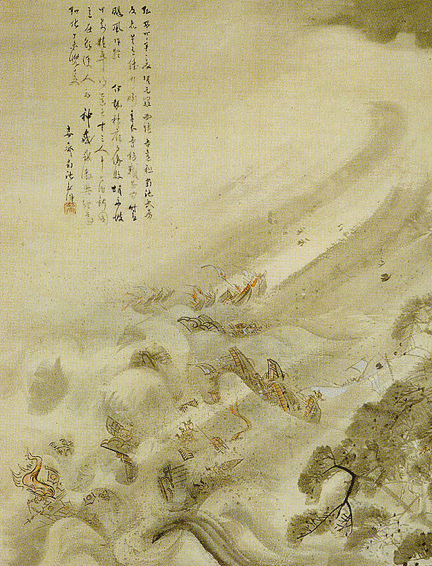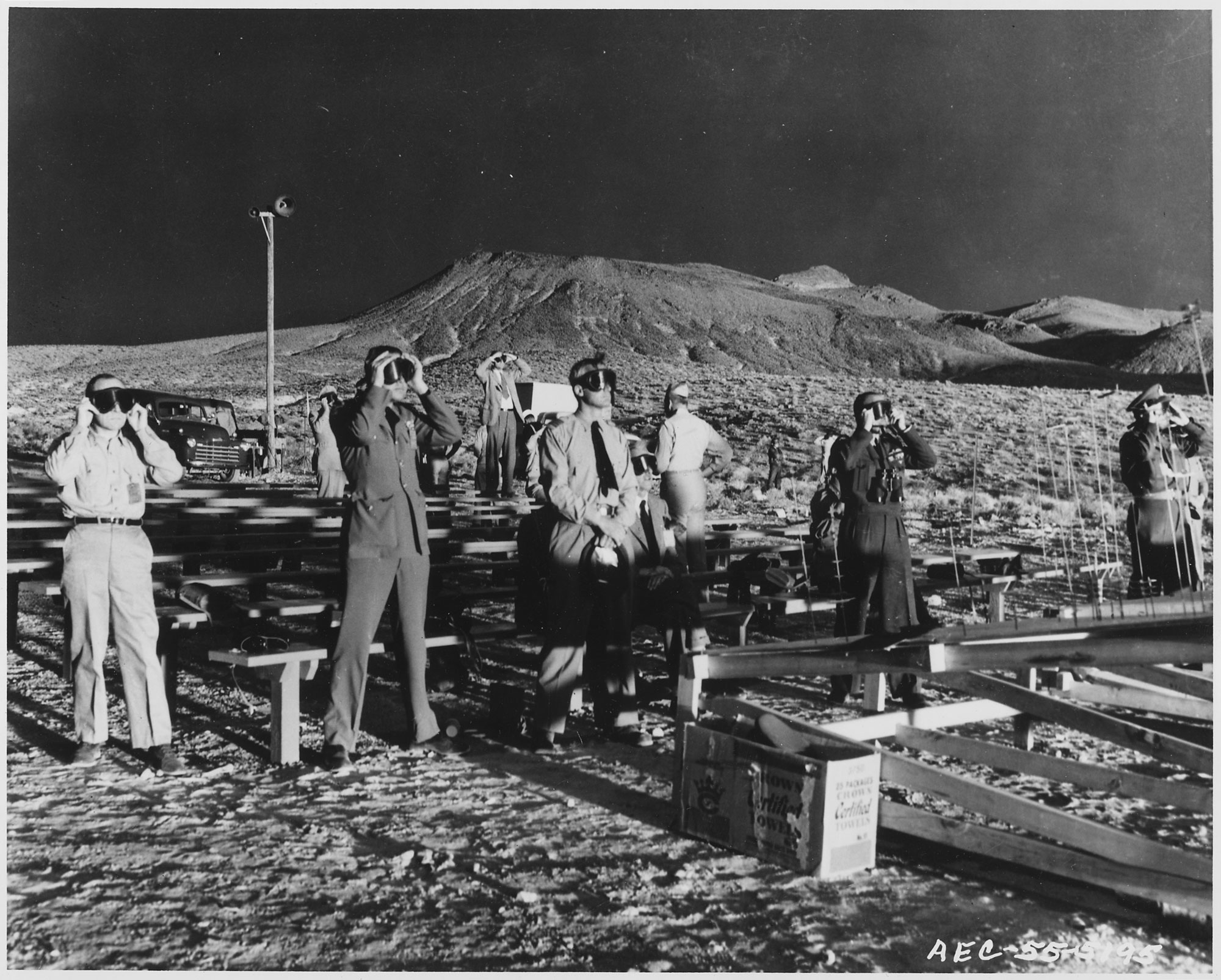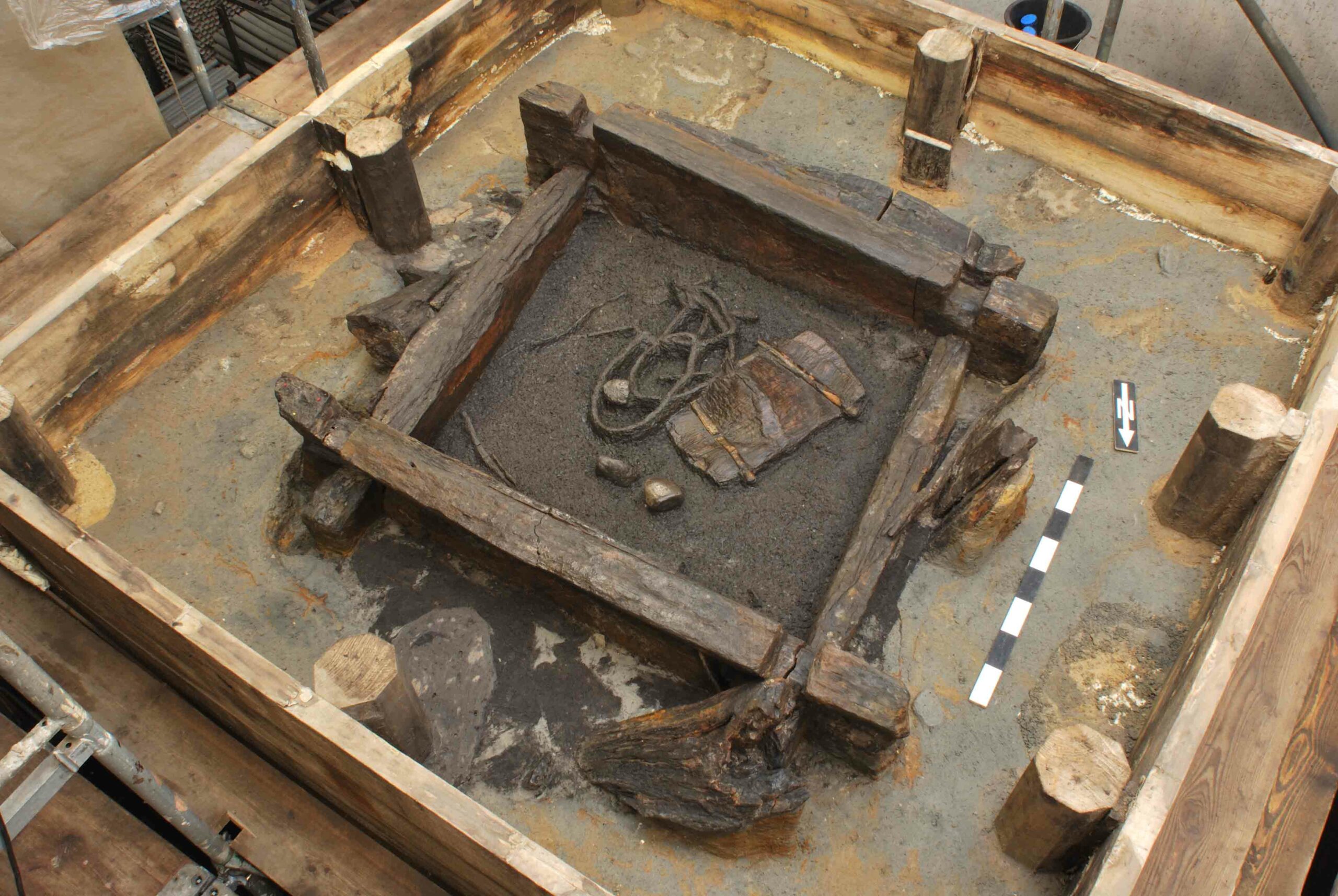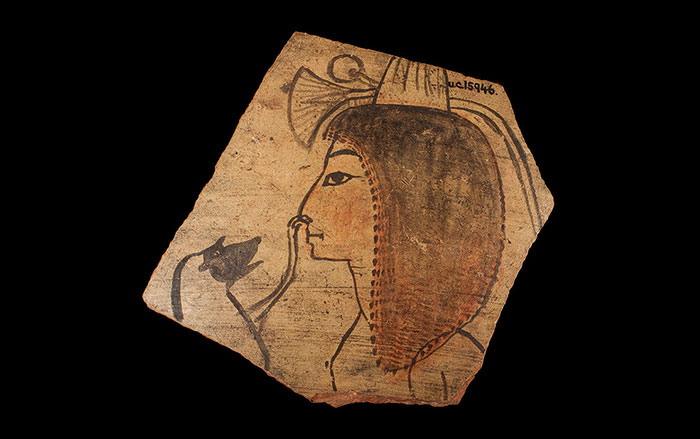
AMHERST, MASSACHUSETTS—Lakebed sediments from Japan’s Amakusa Island suggest that the sea rose over the beach and washed into the lake twice during the late 1200s, lending credibility to historical accounts that typhoons wiped out the invading fleets of the Mongol Empire in 1274 and again in 1281. According to legend, the typhoons were driven by divine Kamikaze winds sent to protect Japan from invasion. A study published in the journal Geology by a team from the University of Massachusetts, Amherst, and Worcester State University shows that the improbable storms occurred during a time of greater flood activity between 250 and 1600 A.D. To read an in-depth account of earlier underwater discoveries related to the Mongol invasions, see "Relics of the Kamikaze."











